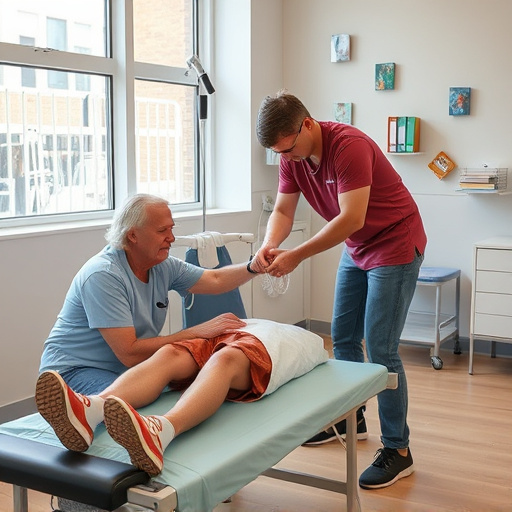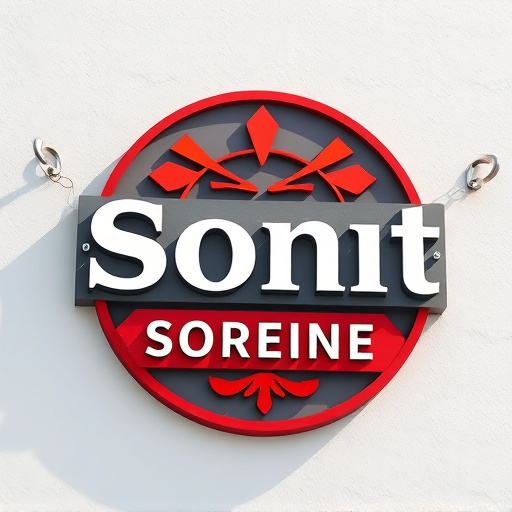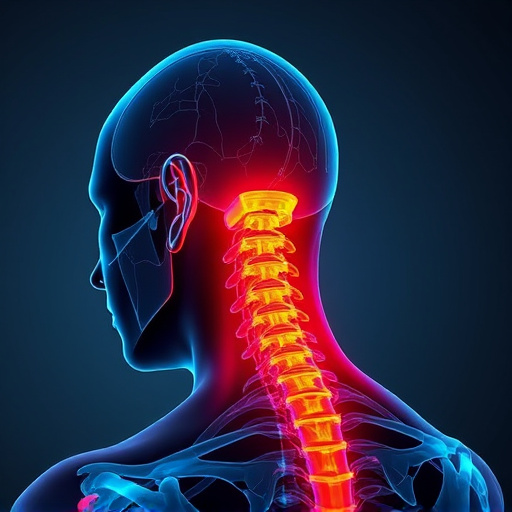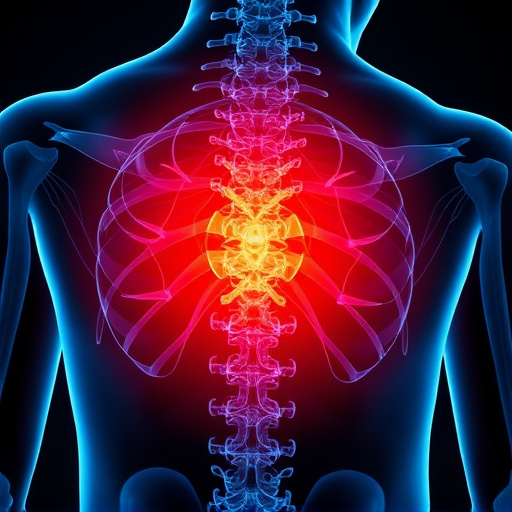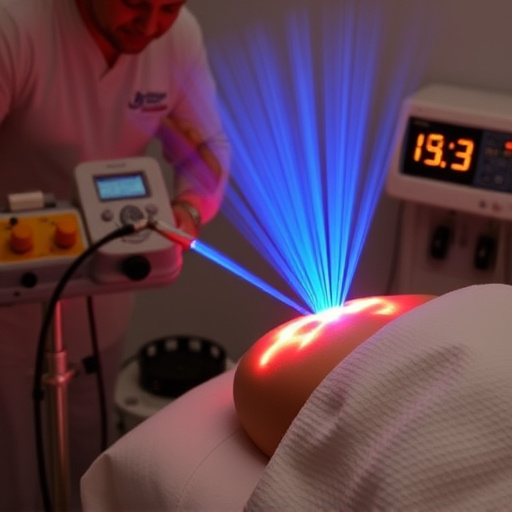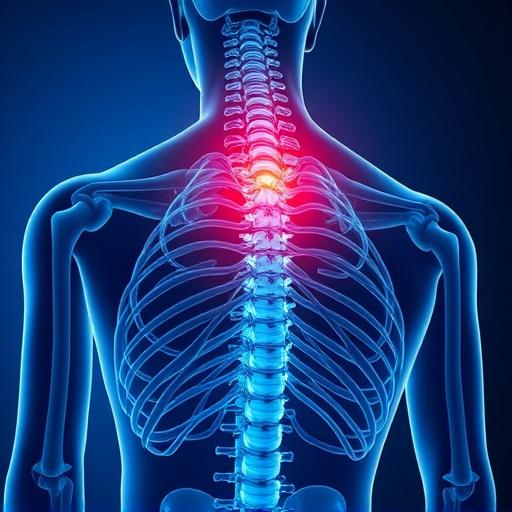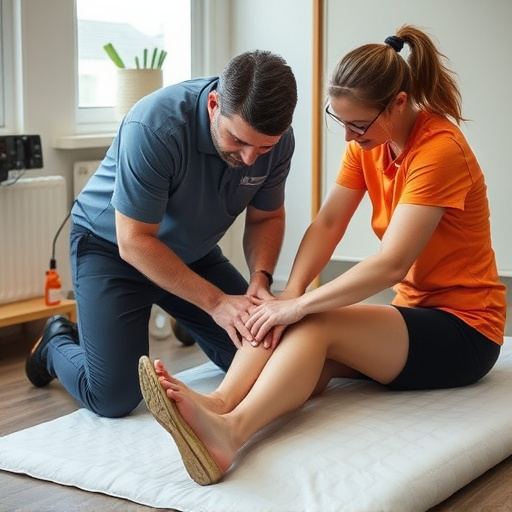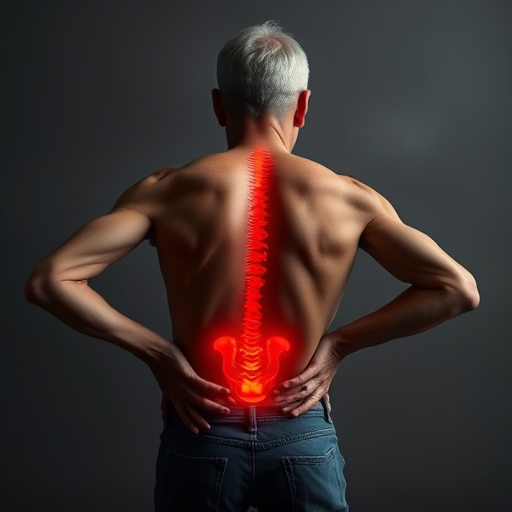Active recovery revolutionizes sports injury treatment by promoting strategic low-impact exercises over rest, accelerating healing for chronic pain, inflammation, and post-accident injuries while improving fitness, flexibility, and return to activity without exacerbating existing conditions. Personalized plans involving activities like yoga and swimming consider unique biomechanics, enhancing circulation, tissue repair, mobility, and mental well-being.
Active recovery is transforming the landscape of sports injury treatment, offering a game-changing approach that goes beyond traditional rest. This methodically structured process accelerates healing and restores function, empowering athletes to regain their peak performance faster.
By integrating active recovery techniques, from targeted exercises to mindfulness practices, athletes can experience improved blood flow, reduced inflammation, and enhanced overall well-being—all vital components in the quest for effective sports injury treatment.
- Active Recovery: A Sports Injury Game Changer
- Accelerating Healing: Benefits Unveiled
- Restoring Function: The Role of Active Recovery
Active Recovery: A Sports Injury Game Changer
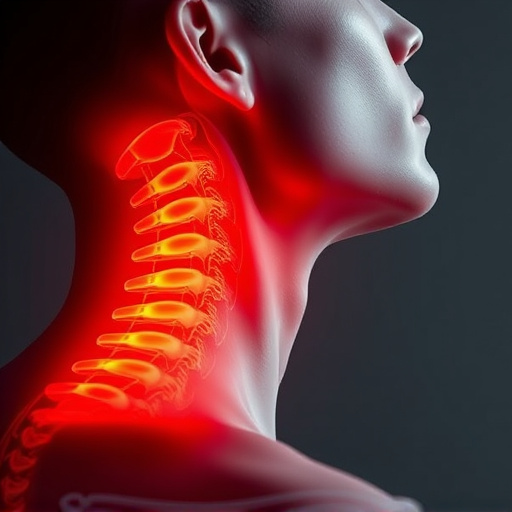
Active recovery is transforming the landscape of sports injury treatment, offering a game-changer approach for athletes seeking relief from chronic pain and injuries. Unlike traditional rest, which can sometimes prolong healing, active recovery involves strategic low-impact exercises designed to enhance blood flow, reduce inflammation, and promote tissue repair. This method is particularly beneficial for those experiencing persistent issues like pinched nerve relief or managing the aftermath of a car accident injury.
Incorporating activities such as yoga, swimming, or gentle walking can aid in rehabilitating both the body and mind. By actively engaging in these exercises, athletes can accelerate their recovery process while also improving overall fitness and flexibility. Active recovery is not just about short-term pain management; it empowers sports enthusiasts to take control of their well-being, ensuring a faster return to their preferred activities without exacerbating existing injuries or hindering future performance.
Accelerating Healing: Benefits Unveiled
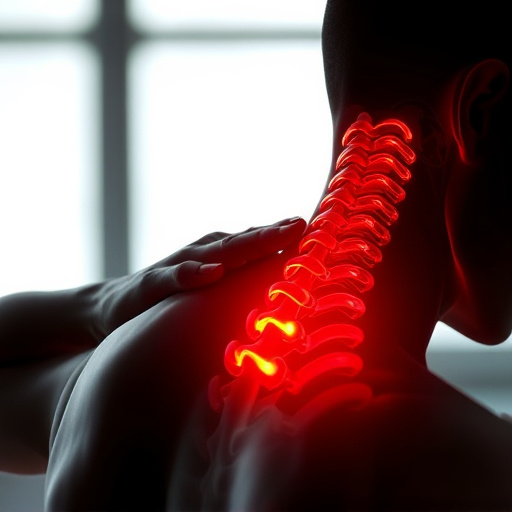
Active recovery is a powerful tool in the arsenal of any athlete or individual dealing with sports injuries. Unlike traditional rest, which may prolong healing time, active recovery promotes acceleration. This involves engaging in low-impact activities that increase blood flow to the affected area, enhancing nutrient delivery and waste removal. By keeping the muscles active and flexible, it reduces the risk of stiffness and scar tissue formation, common issues in prolonged immobilization.
The benefits extend beyond physical healing. Active recovery sessions can include light exercises tailored to individual needs, such as swimming or yoga, which improve circulation without putting excessive strain on the injured site. This personalized treatment plans approach not only aids in regenerating tissues but also offers chronic pain relief, a significant advantage for those facing long-term discomfort from sports injuries.
Restoring Function: The Role of Active Recovery
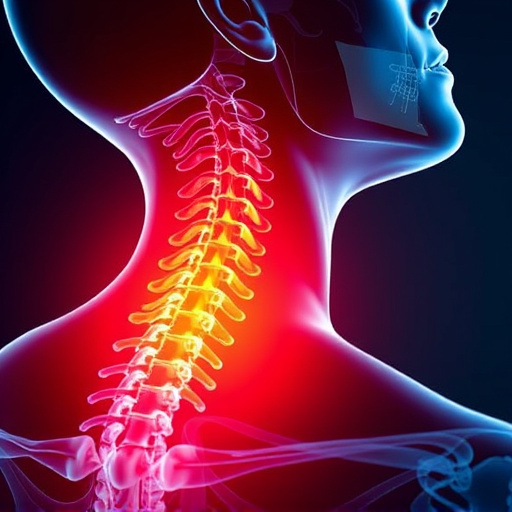
Active recovery plays a pivotal role in restoring function after a sports injury. Unlike passive recovery methods that involve little to no movement, active recovery incorporates gentle exercises and low-impact activities tailored to an individual’s specific needs. This approach not only aids in pain reduction but also improves circulation, facilitates tissue repair, and enhances overall mobility. By engaging in controlled movements, athletes can gradually reintroduce stress to the affected area, strengthening muscles and supporting the body’s natural healing process without exacerbating the injury.
In the context of sports injury treatment, personalized treatment plans that include active recovery strategies are particularly effective. These plans consider the unique biomechanics and underlying causes of each injury, ensuring targeted interventions. For instance, whiplash treatment may incorporate specific spinal adjustments and mobility exercises to restore range of motion and reduce tension in the neck and back muscles. Active recovery also promotes mental well-being, offering a sense of control and empowerment as athletes actively participate in their healing journey.
Active recovery, an integral part of sports injury treatment, offers a multifaceted approach to healing and rehabilitation. By combining low-intensity movement with specific techniques, athletes can accelerate their recovery process, restore function, and prevent future injuries. This holistic method not only aids in the physical recovery but also enhances overall performance, making it a game-changer for active individuals dealing with sports-related injuries.






